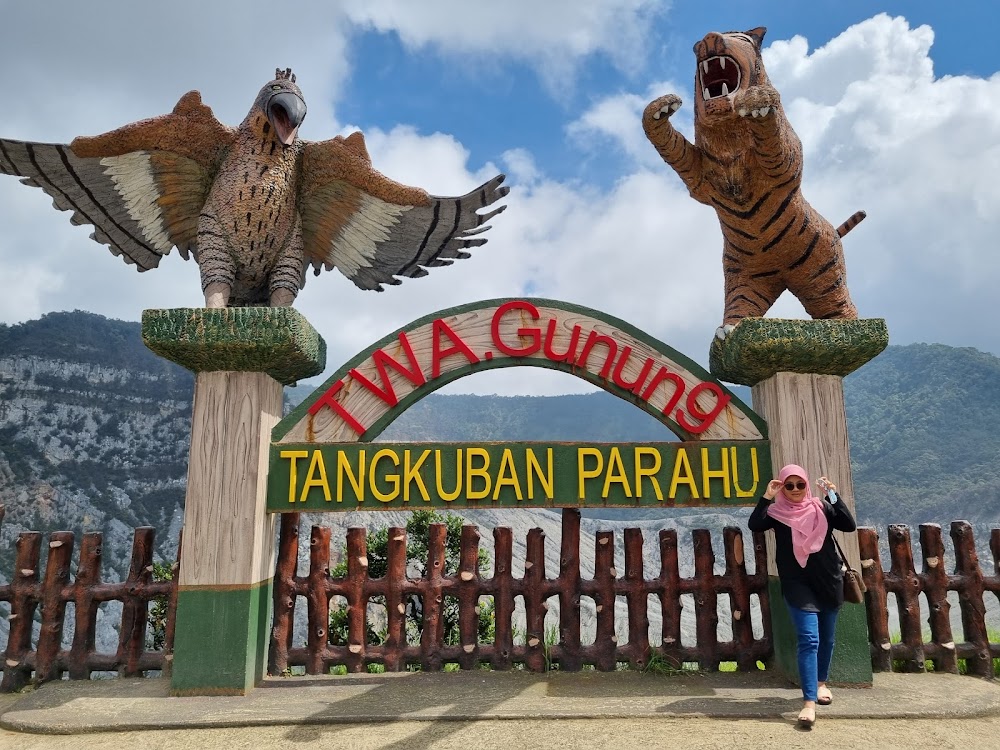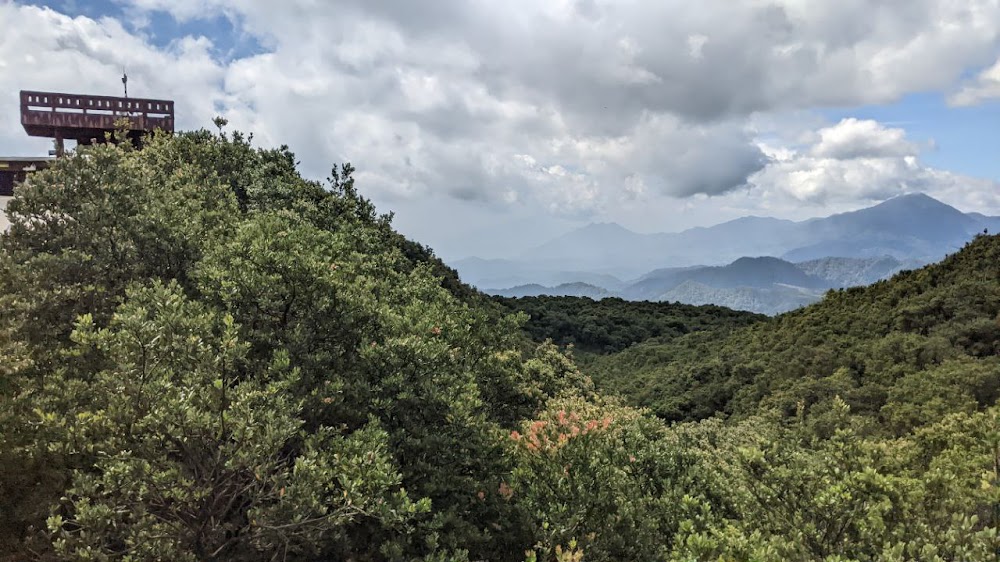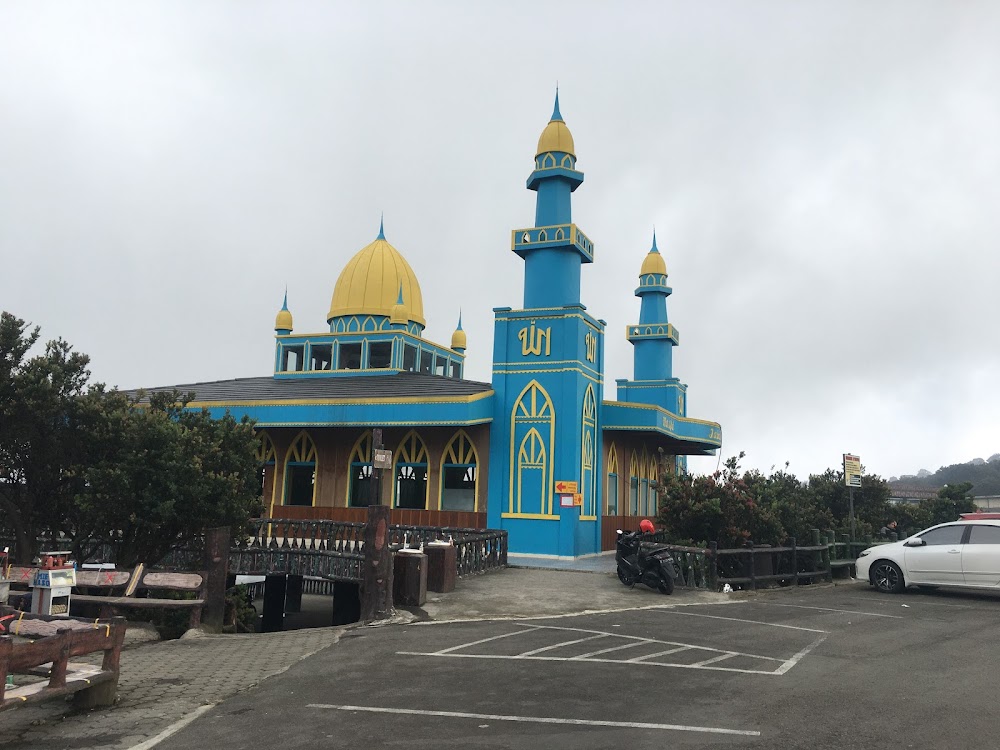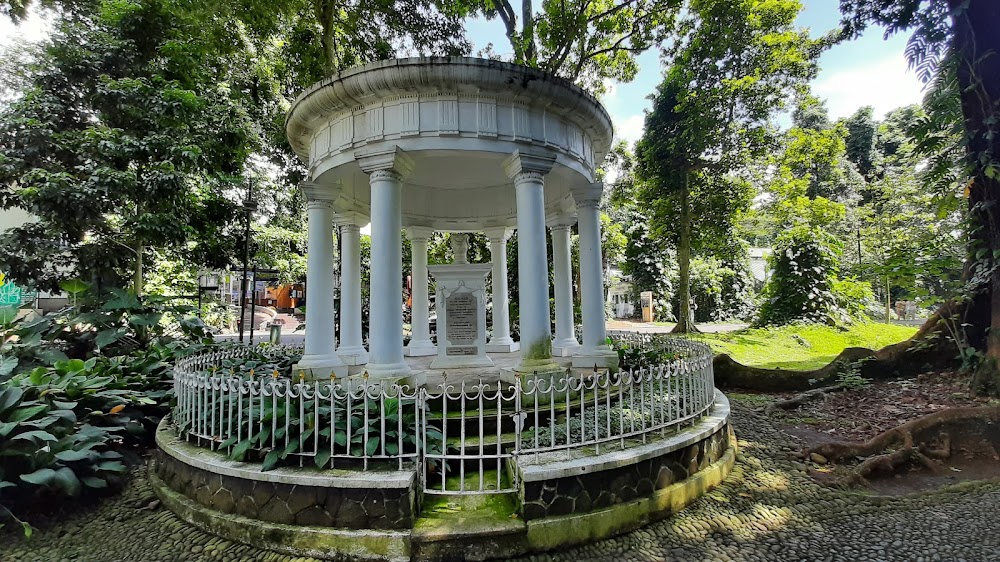Tangkuban Perahu (Tangkuban Perahu)
Overview
Tangkuban Perahu: An Iconic Stratovolcano
Tangkuban Perahu, meaning "Upturned Boat," is a stunning stratovolcano located in the heart of West Java (Jawa Barat), Indonesia. Its distinctive shape, reminiscent of a flipped boat, is a testament to the ancient volcanic activities that shaped the region. This natural wonder not only captivates visitors with its geological beauty but also enchants them with its rich local lore.
The Legend of Sangkuriang
According to local legend, the tale of Tangkuban Perahu is intertwined with the story of a young man named Sangkuriang, who fell in love with his mother, Dayang Sumbi, without realizing their true relationship. When Sangkuriang proposed to her, Dayang Sumbi was horrified and set an impossible challenge: he had to construct a dam across the river and build a large boat in a single night. With the aid of spirits, Sangkuriang almost completed the tasks, but Dayang Sumbi cleverly created artificial daylight, tricking the spirits into fleeing. Enraged, Sangkuriang kicked the unfinished boat, causing it to land upside down and transform into what we now know as Tangkuban Perahu.
A Geological Marvel
The origins of Tangkuban Perahu date back thousands of years, resulting from a series of volcanic eruptions. Towering at approximately 2,084 meters above sea level, it is one of the most prominent tourist attractions in West Java, celebrated for its breathtaking panoramic views and rejuvenating hot springs. Geologically, Tangkuban Perahu comprises three main craters: Ratu (Queen) Crater, Domas (Domestic) Crater, and Upas Crater. The Ratu Crater is the largest and most famous, often emitting sulfuric gases, with its striking white crust formed from sulfur deposits creating a mesmerizing sight for visitors.
A Natural Retreat
Visitors are drawn to Tangkuban Perahu not only for its legendary lore but also for its stunning natural surroundings. The area is enveloped in lush forests and cool mountain air, providing a refreshing escape from the urban hustle and bustle. Tea plantations dot the landscape, enhancing its scenic charm and offering picturesque views.
Getting There
To reach Tangkuban Perahu, travelers typically start their journey from Bandung, the capital of West Java, which is located about 30 kilometers away. The drive to the volcano is picturesque, featuring winding roads, dense greenery, and beautiful vistas along the way. While public transportation options are available, many prefer to hire private vehicles for added convenience.
Visitor Experience
The regional government has developed Tangkuban Perahu as a tourist destination, providing facilities such as parking lots, souvenir shops, and food stalls. Well-maintained trails and pathways lead visitors safely to the craters, with knowledgeable guides available to share insights into the area’s natural history and folklore. For safety, authorities continuously monitor volcanic activity, and visitors are advised to heed warnings, particularly regarding sulfuric fumes near the craters. Certain areas, especially those close to active vents, can be hazardous without proper guidance.
Cultural and Economic Significance
Beyond its mythological and geological significance, Tangkuban Perahu plays a vital role in the local economy through tourism. It attracts thousands of visitors annually, providing livelihoods for local guides, vendors, and artisans. The cultural impact of Tangkuban Perahu is also noteworthy, inspiring numerous songs, poems, and artworks that celebrate its legendary status.
Conclusion
In summary, Tangkuban Perahu is a remarkable blend of natural wonder and folklore. Its dramatic landscapes and intriguing legends make it a must-visit destination in West Java, Indonesia. Whether you are captivated by its storied past or its striking natural beauty, Tangkuban Perahu stands as a compelling symbol of the region's rich heritage, waiting to be explored.









